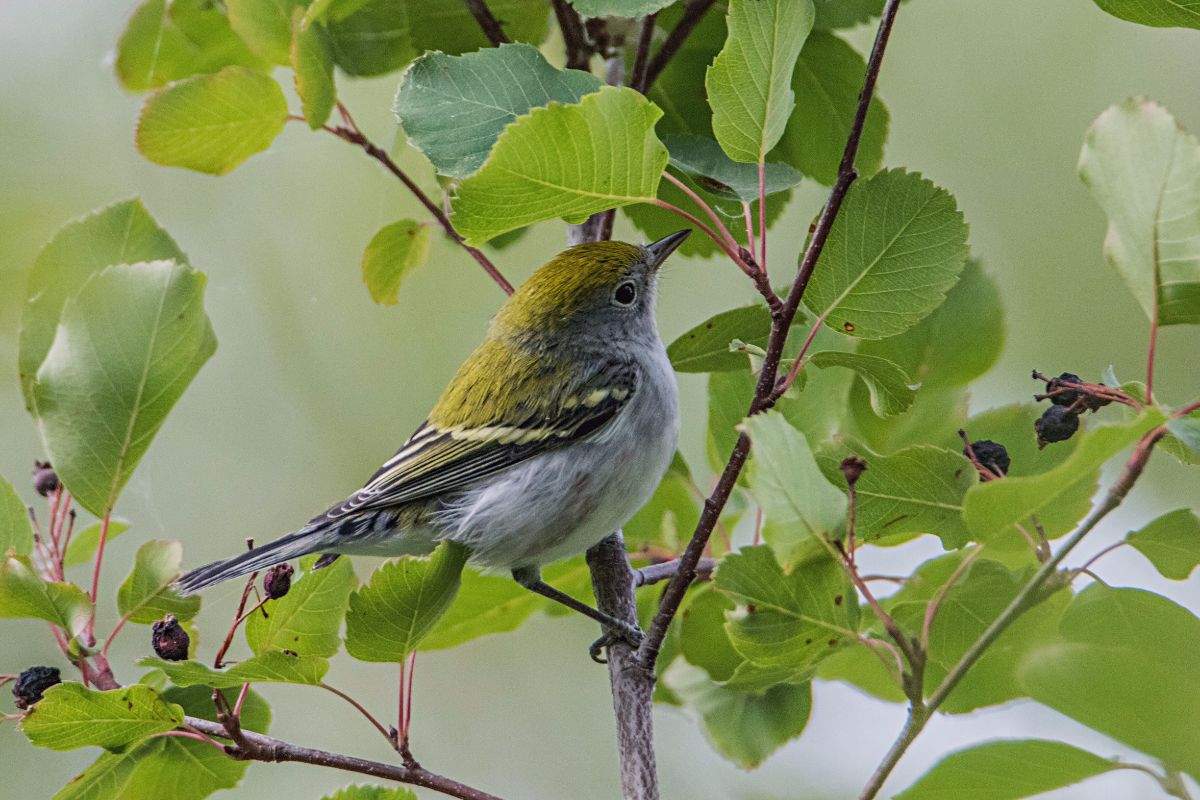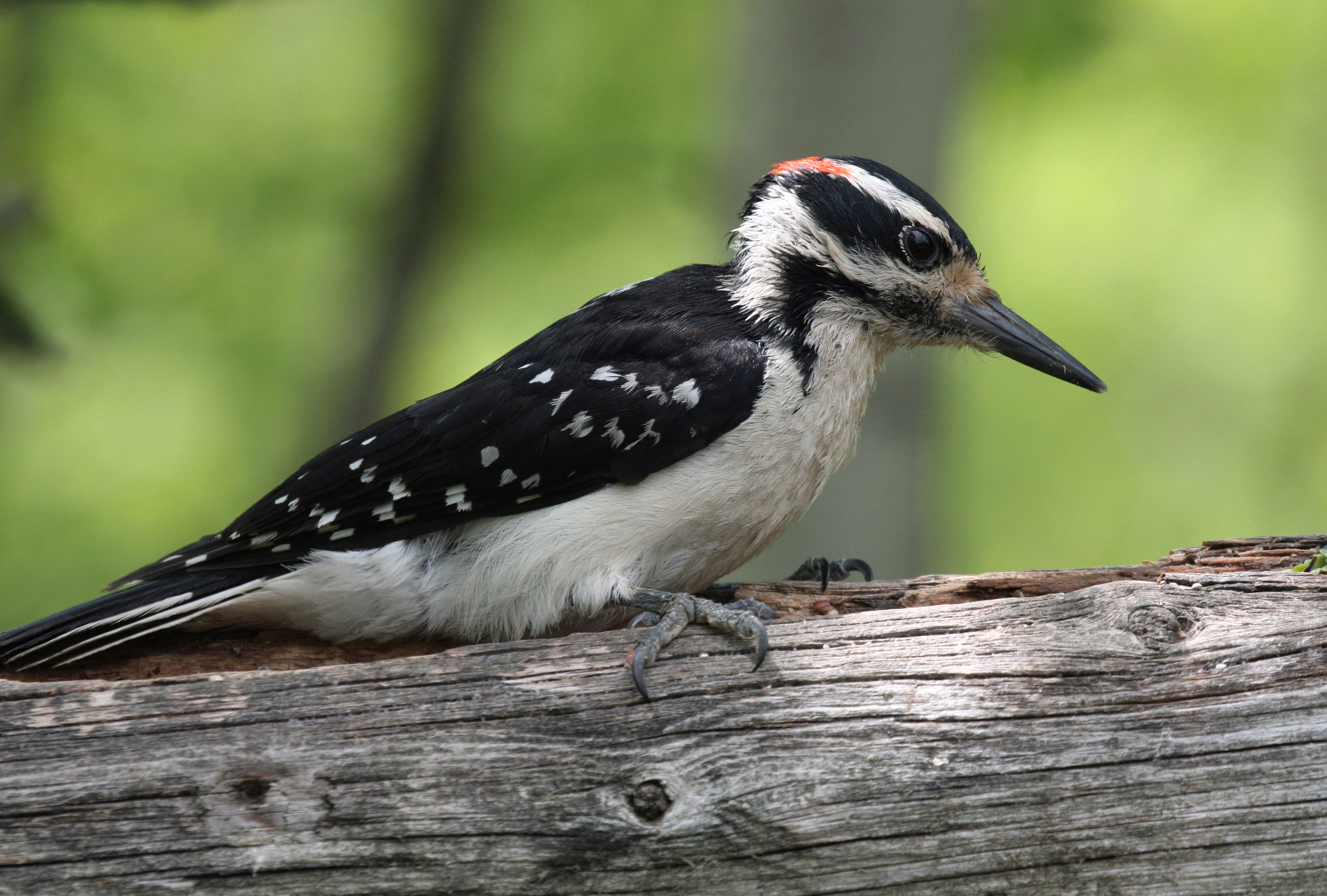July is another great month to go birdwatching in the Calgary region. By now, most birds are in the process of raising hungry families while others, such as hummingbirds and certain shorebirds, start their southward migration in late July. Our must-see birds for July are as follows:
1. Western Grebe
Featured before in one of our previous posts (Grebes, Grebes, Grebes), the Western Grebe is a gregarious grebe that is easily recognized thanks to its contrasting black and white plumage, thin green-yellow bill and slender neck. Colonial nesters, the Western Grebe is usually found on medium to large lakes such as Frank Lake ( Glenmore reservoir during migration) where they mainly consume small fish.

A pair of Western Grebes, front, on a crowded Frank lake.
2. Rose-breasted Grosbeak
The male Rose-breasted Grosbeak, a beautiful black-and-white songbird with a rosy red breast, lives up to its name. The female is a brownish-streaked bird with yellow wing linings. Emitting a robin-like song, only richer, more energetic and more rapidly delivered, both male and female Rose-breasted Grosbeak sing. This bird may be seen in the Glenmore and the Weaselhead area or at Griffith Woods along the banks of the Elbow River in southwest Calgary.

Adult male Rose-breasted Grosbeak feeding a juvenile.
3. Canvasback
The largest diving duck found in the province, I find Canvasbacks to be very beautiful. The male is resplendent with a canvas coloured back and a chestnut head and neck. This species prefers lakes and ponds with emergent vegetation and vegetated margins. Weed lake is a good place to observe these ducks. The Canvasback uses its long sloping bill to strain seeds from the mud on the bottom of ponds.

4. Wilson’s Phalarope
The only shorebirds that normally swim, the sex roles are reversed in phalaropes, the female being larger and more colorful than the male; a black stripe going down from the eye, down the side of the neck and then merging into chestnut. Favouring sloughs and shallow lakes where wet meadows and grassy marshes are present, the Wilson’s Phalarope may be seen on most southeast sloughs and lakes.

5. Cinnamon Teal
Our final bird for the month of July is the Cinnamon Teal, a conspicuous cinnamon red duck that is striking in the right light. This teal prefers shallow lake margins, marshes and ponds; on larger bodies of water, it is never found very far from shore. Look for Cinnamon Teal in early July, before they molt, in the southeast sloughs, Frank Lake, or in Fish Creek at Burnsmead, among other spots.

Let us know which of these birds you saw this month! Happy Canada Day!
Posted by Matthew Sim



























































